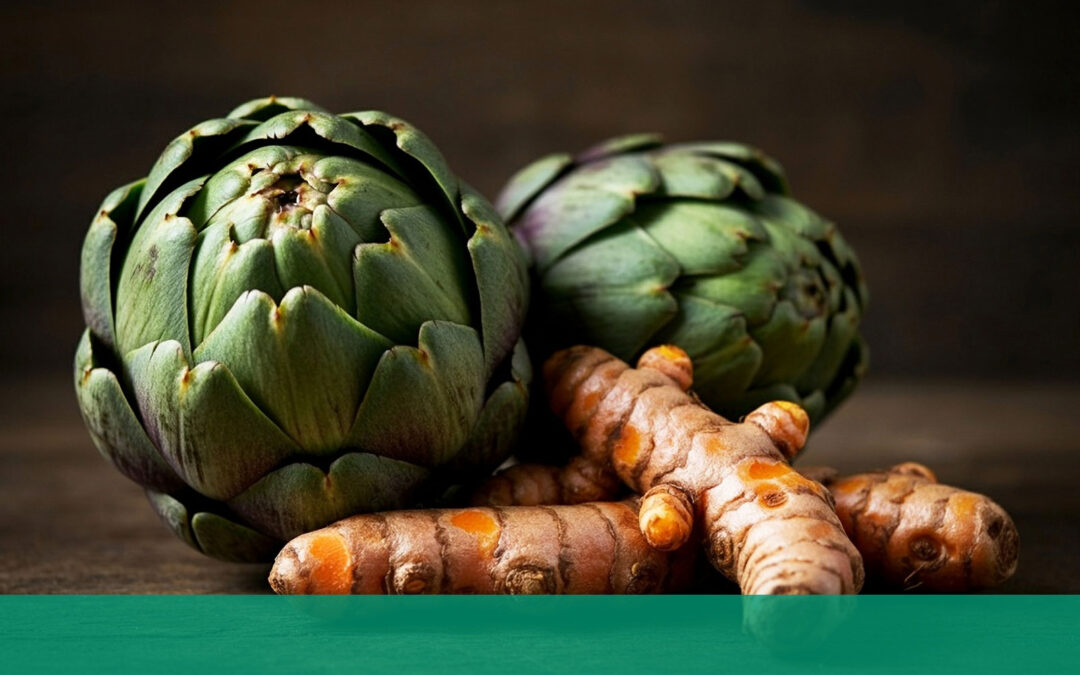Bloating. Belching. Gassy. Gastrointestinal (GI) discomfort. These are common enough symptoms that can potentially have different causes, including a poorly functioning gallbladder. Last month, we learned that bile is made by the liver, then stored in and released by the gallbladder.
Bile is known as being an emulsifier that supports the digestion of fat. It plays numerous roles, and all of them are important. Other than digesting fat, we touched on the fact that bile acids are toxin taxis. They literally transport unwanted, harmful compounds to the lower intestines, where we eventually excrete the toxins in the stool or urine. It’s role here ensures that these substances don’t remain and accumulate within the body. While the liver often gets the credit for metabolic detoxification, the bile is what takes the garbage to the intestine for excretion.
Bile also promotes gut motility, meaning the movement of the intestines so they can easily move the contents through to the end. Constipation, diarrhea, and watery diarrhea can be connected with bile dysfunction.
Bile also shapes the community of microbes in the gut. It actually has antimicrobial activity which can be very beneficial where it enters in the upper small intestine, helping to prevent small intestinal bacteria overgrowth (SIBO). SIBO may be a manifestation of a poorly functioning gallbladder and/or bile. Changes in bile, or in its flow, can favor bad bacteria proliferation and trigger inflammation in the gut. Inflammatory bowel disease such as Crohn’s, and even colon cancer, could be influenced by bile.
All of these things have to do with our digestive tract, but bile acids also perform hormone-like functions in the body and influence blood glucose control. We even have receptors for bile acids in our cardiovascular system!
Manifestations of poorly functioning bile can occur in the liver and gallbladder, but also be a hidden player in a number of chronic conditions. If it gets backed up in our liver and blood stream, it can do damage to the mitochondria of our cells, causing significant liver damage. The point is that the function of the gallbladder and of bile are more important to total body health than we have probably realized.
Some herbs and foods are said to support healthy bile production—especially bitter foods, such as artichoke leaves and green leafy vegetables. Here is a list of some of them:
Artichoke leaf[i]
Turmeric[ii]
Burdock Root[iii]
Peppermint[iv]
Fenugreek[v]
Milk Thistle[vi]
Curcumin[vii]
[i] Saviano, A., Sicilia, I., Migneco, A., Petruzziello, C., Brigida, M., Candelli, M., Franceschi, F., & Ojetti, V. (2024). The efficacy of a combination of milk thistle, artichoke, and green tea in the treatment of biliary sludge: an Interventional Prospective Open study. Gastrointestinal Disorders, 6(4), 871–884. https://doi.org/10.3390/gidisord6040061
Sáenz, M. T., García-Giménez, M. D., & De La Puerta, R., (2002). Choleretic activity and biliary elimination of lipids and bile acids induced by an artichoke leaf extract in rats. Science Direct. https://www.sciencedirect.com/science/article/abs/pii/S0944711304701750?via%3Dihub
[ii] Rasyid, A., Rahman, A. R. A., Jaalam, K., & Lelo, A. (2002). Effect of different curcumin dosages on human gall bladder. Asia Pacific Journal of Clinical Nutrition, 11(4), 314–318. https://doi.org/10.1046/j.1440-6047.2002.00296.x
[iii] Shyam, M., Sabina, E.P. Harnessing the power of Arctium lappa root: a review of its pharmacological properties and therapeutic applications. Natural Products and Bioprospecting. 14, 49 (2024). https://doi.org/10.1007/s13659-024-00466-8
[iv] Zong, L., Qu, Y., Luo, D. X., Zhu, Z. Y., Zhang, S., Su, Z., Shan, J. C., Gao, X. P., & Lu, L. G. (2011). Preliminary experimental research on the mechanism of liver bile secretion stimulated by peppermint oil. Journal of Digestive Diseases, 12(4), 295–301.
https://doi.org/10.1111/j.1751-2980.2011.00513.x
[v] Reddy, R., & Srinivasan, K. (2011, April). Effect of dietary fenugreek seeds on biliary proteins that influence nucleation of cholesterol crystals in bile. Science Direct. https://www.sciencedirect.com/science/article/abs/pii/S0039128X11000043?via%3Dihub
[vi] Crocenzi, F., & Roma, M. (2006). Silymarin as a new hepatoprotective agent in experimental cholestasis: New possibilities for an ancient medication. Current Medicinal Chemistry, 13(9), 1055–1074. https://doi.org/10.2174/092986706776360950
Gu, M., Zhao, P., Huang, J., Zhao, Y., Wang, Y., Li, Y., Li, Y., Fan, S., Ma, Y. M., Tong, Q., Yang, L., Ji, G., & Huang, C. (2016). Silymarin Ameliorates Metabolic Dysfunction Associated with Diet-Induced Obesity via Activation of Farnesyl X Receptor. Frontiers in pharmacology, 7, 345. https://doi.org/10.3389/fphar.2016.00345
[vii] Li, Y., Li, M., Wu, S., & Tian, Y. (2015b). Combination of curcumin and piperine prevents formation of gallstones in C57BL6 mice fed on lithogenic diet: whether NPC1L1/SREBP2 participates in this process? Lipids in Health and Disease, 14(1).
https://doi.org/10.1186/s12944-015-0106-2


